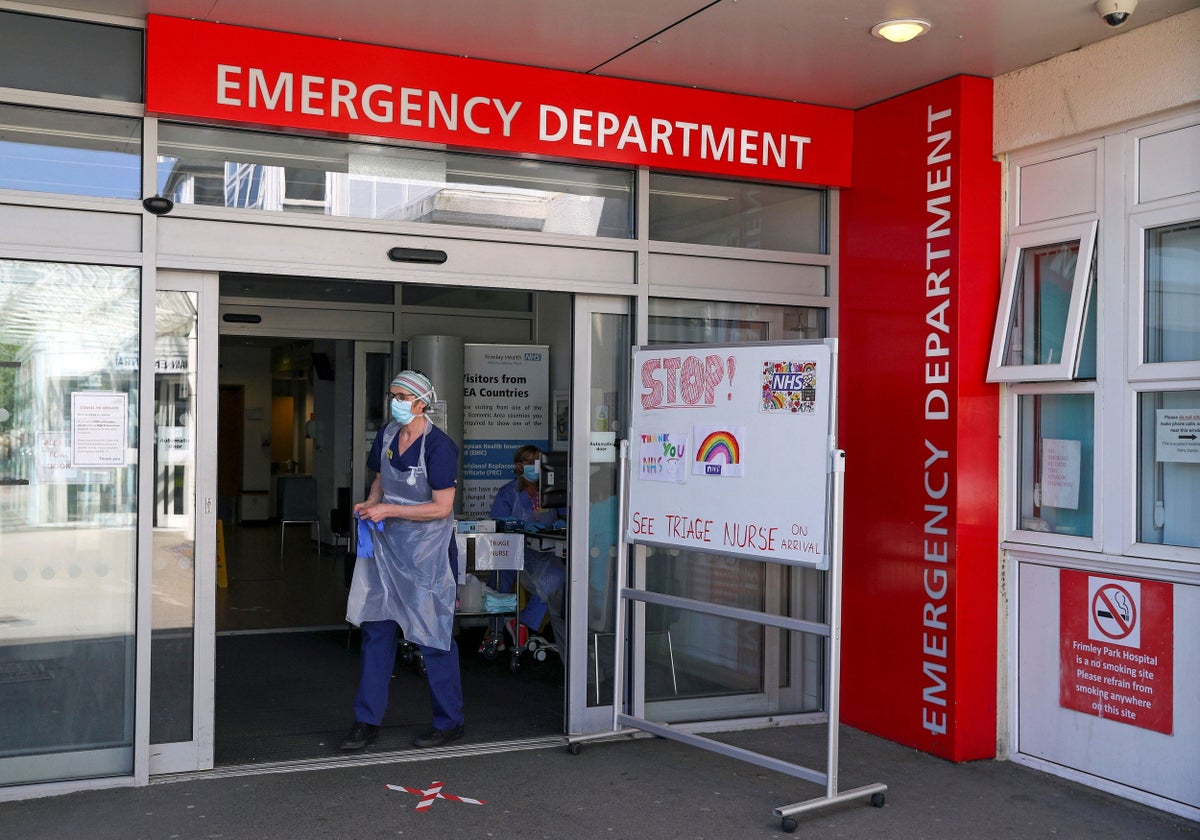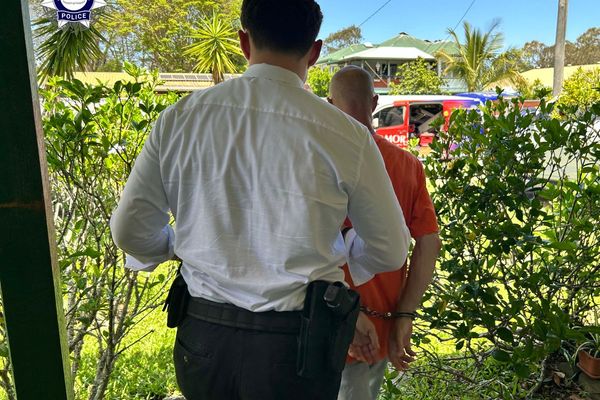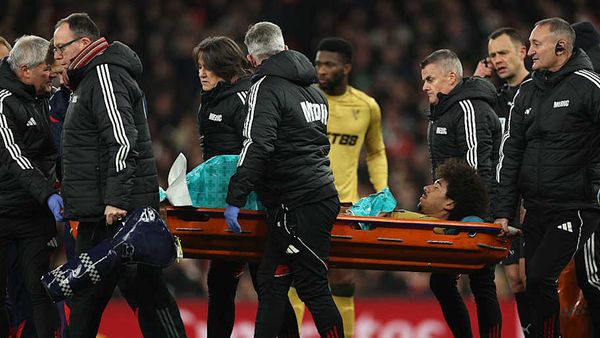
The number of patients waiting more than 12 hours in A&E for treatment has exceeded 50,000 a week for the first time, The Independent can reveal.
Leaked NHS data shows that last month as many as one in eight patients faced a “trolley wait” – the time between attending A&E and being admitted – longer than 12 hours, as the health service comes under ever greater strain.
The Independent previously revealed that the number of deaths linked to long delays for emergency treatment had risen to as many as 500 per week by October, when more than 30,000 patients a week were waiting 12 hours or more.
On Wednesday, the crisis will be exacerbated further as 25,000 ambulance staff – including 999-service call handlers – are set to strike. Healthcare leaders said they fear this round of strikes will hit services even harder than those before Christmas.
Sources across the country told The Independent that hospitals are having to “squeeze” patients into spaces other than normal wards or A&E, with no direct oxygen lines. Meanwhile patients wait for hours in ambulances outside emergency departments.
Have you been affected by this story? Email rebecca.thomas@independent.co.uk
Shadow health secretary Wes Streeting said: “It is unsafe and unacceptable to leave patients waiting so long for emergency care. These record long waiting times are having terrible consequences for patients.”
Dr Den Langhor, the emergency medicine lead for the British Medical Association’s Consultants Committee, said: “Statistics like this provide further evidence to what patients, staff and anyone with any recent first-hand experience of emergency departments and the wider NHS have been screaming: the service is failing. This is a crisis, and yet the prime minister still refuses to call it this.”
The internal data on patients waiting in A&E from the point of arrival is not routinely published by the NHS. The Independent can reveal that the figure for those waiting longer than 12 hours has increased from about 10,000 a week at the onset of the Covid pandemic to more than 50,000 last month.
An academic study published last year estimated that, for every 72 patients waiting between 8 and 12 hours in A&E, one additional death is likely to occur.
Saffron Cordery, of NHS Providers, which represents hospital trusts, said: “Long waits in extremely busy A&E departments are a symptom of the enormous pressure throughout the health and care system in the middle of the toughest ever winter for the NHS.
“The most widespread industrial action in the history of the NHS is taking its toll too, on top of Covid-19, flu, and many other winter challenges, [exacerbated by] chronic staff shortages and an underfunded social care system.”
Data released by the Office for National Statistics on Tuesday showed that there were 1,119 “excess deaths” – the number of people who died above the average over the last five years – in the last week of 2022, excluding those with Covid. In 2021 and 2020, non-Covid deaths were below the five-year average.
Professor Sir David Spiegelhalter, emeritus professor of statistics at the University of Cambridge, said multiple factors such as an “early flu season, Covid, the impact of disrupted care in the pandemic and the acute crisis in the NHS” had contributed to the increase.
He added: “Research has shown that delays in admission are linked to increased mortality rates, and it is plausible that this is leading to hundreds of excess deaths.”
The figures come as up to 15,000 ambulance staff who are members of Unison are set to take to the picket lines, across services in London, the North West, Yorkshire, the North East and the South West on Wednesday.
They will be joined by more than 10,000 members of GMB, who are also set to go on strike.
Miriam Deakin, NHS Providers’ director of policy and strategy, said the NHS is now in an “even more precarious position” than during December’s strikes, with more staff involved and more pressure on services.
On Tuesday, business secretary Grant Shapps accused striking unions of putting “lives at risk”, claiming they could not agree to minimum safe staffing levels. His comments came as the government brought forward a bill that could mean trade unions will have to agree to minimum staffing levels when members go on strike.
Christina McAnea, the general secretary of Unison, rejected the idea that the current crisis is being caused by strikes.
She said that the government is trying to “demonise” striking workers, when the NHS is not able to achieve safe staffing levels even on a normal day. On Monday, health secretary Steve Barclay announced plans to treat patients in temporary buildings on hospital grounds in order to ease the pressure on emergency departments.
An NHS spokesperson said official data showed “significant demand” on the health service, including more than 5,100 beds taken up by patients with flu and nearly 13,000 by those unable to be discharged.







